
Around Australia on a motorcycle with a 4×5 camera. Part two. Janet Naismith
Gary Chapman & Janet Naismith’s 1991-1992 adventure on a motorcycle with a 4×5 camera. Part two.
For the second part of our trip, we travel to Tasmania, Victoria and South Australia. We start in the summer in Tasmania, berth at Devonport and head out to our camp site on the bluff 5 kilometres away to rest for the night and listen to Jazz in the Park. Next day we ride to Cradle Mountain – Lake St Clair National Park, where the campsite is good and has a wonderful stone built camp kitchen and fireplace.

Dove Lake is ten kilometers away on a rough unmade road, a great test as we ride this road daily through fog and rain waiting for the right light to photograph. The fog generally does not lift until 11am and we find ourselves riding through it knowing someone before us ventured onto the rocks, slipped and fractured both ankles. But, as the fog lifts, we are bathed in amazing light and it is all worthwhile.
Near Dove Lake is the Waldheim Chalet. Gustuv and Kate Weindorfer built the Bath House at the Chalet in 1912: this amazing bath house straddles a creek and if you want a bath in freezing water, you simply pull a plug. Leeches are in abundance and one ends up trapped under Gary’s helmet and as we ride back to our camp site all I can see is it wriggling around on his cheek. Nevertheless, it was hard to leave Cradle Mountain and move onto Lake St Claire with its magnificent views and many lakes. Walking is physically demanding with steep paths, many rock climbs, fog, cold wind and mud and more mud.
Eventually we move on to Mount Field National Park with camp sites set in the bush beside a creek and spend four days photographing Russell Falls, Horseshoe Falls and Lady Barron Falls, taking easy walks through fairy-like moss-covered forests of fern trees. The weather turns wet again and Gary heads for the creek with camera and tripod. He positions himself in the middle of the creek and promptly drops six fully loaded double darks into the water. They may be light proof but not waterproof. All the film ends up in the campfire and I dry the double darks in the ladies’ rest room with my (so far secret) hairdryer; Gary doesn’t mention how that hair drier ended up in my pannier!
The next road leads us to Lake Pedder Impoundment (once a glacial outwash lake, destroyed in 1972 by the Hydro Electric Commission of Tasmania) and the Sentinel Ranges, we find a good campsite at the bottom of the ranges and although the weather is mostly cold and wet, our patience is rewarded and Gary takes some photos of the Sentinel Ranges, then a cloud break allows the light to highlight the dead trees in Lake Pedder and we can only wonder at the destruction caused by damming this lake.
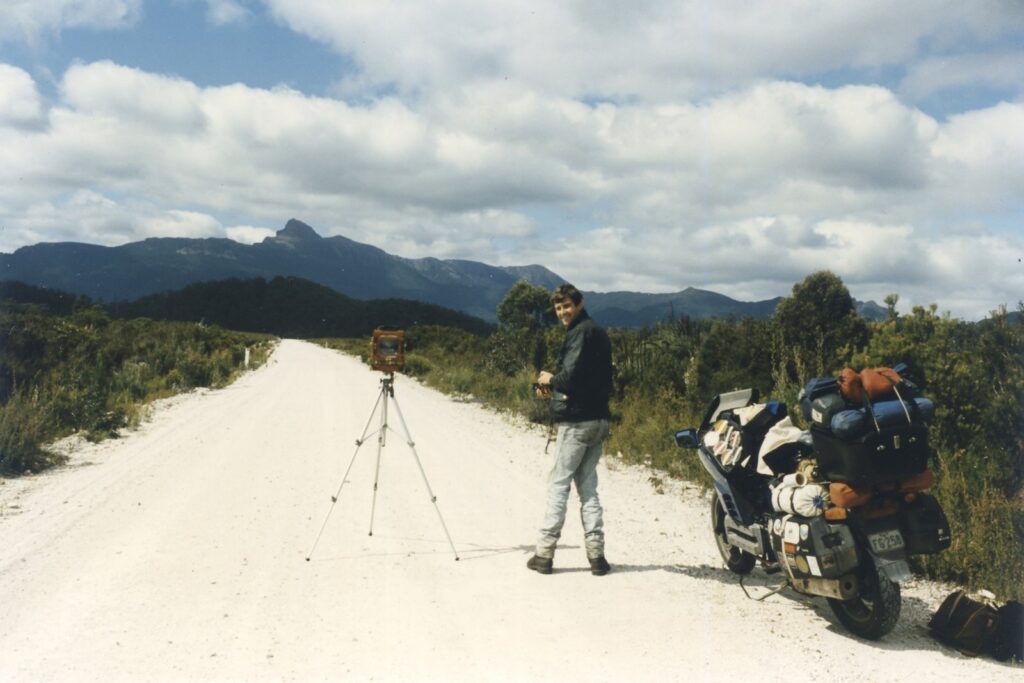
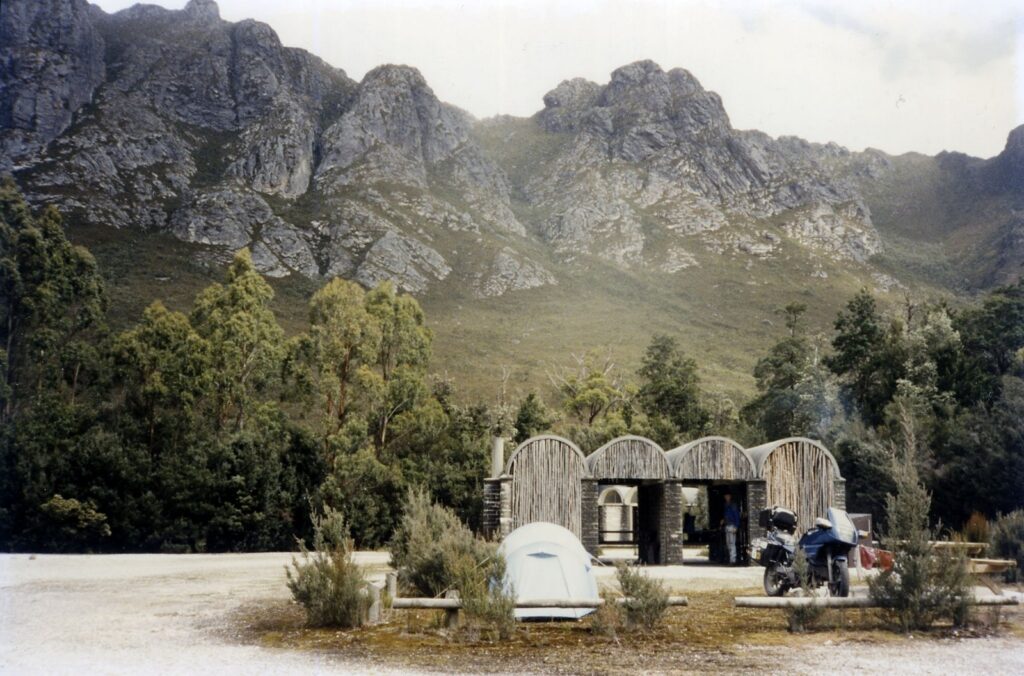
We need to replenish supplies, so move on to Hobart, Huon Valley and then Bruny Island, which is a short ferry ride from the mainland. Motorbikes go to the front of the cars and Gary stays seated on ours, but as the ferry reaches the jetty it hits hard and Gary and the bike end up in a heap; luckily he is still wearing his helmet, and luckily the only injury is to his pride … except when we check the bike and its load we find the head of Gary’s tripod is broken beyond repair. Gary then commandeers my tripod, and is still using it today! A shaky start doesn’t deter us and we ride all over the Island finding many amazing areas to camp, the sea is crystal clear with ancient rock formations, light conditions are amazing and the weather is kind after the many days of rain and cold.
We move on to explore the east coast then back to take one last look at Cradle Mountain – Lake St Clair National Park. This time we walk to Artist’s pool to photograph the King Billy Pines it is very cold and windy with clear skies. The pines make wonderful reflection images in the pool the wind drops and you can see the rugged slopes of Cradle Mountain in the background, a long hard walk but worth it. We leave Cradle Mountain with a longing to see more of this priceless wildness offering up its landscapes through the different seasons; we will be back.
Ben Lomond National Park beckons us and we make slow process due to the dirt road thick with loose gravel; a bit like riding on ice. Eventually we make camp amongst huge boulders and towering above us the rocks change colour as the sun moves across the sky. Gary is all over these boulders with his camera. Then day after day, we sit in the mist hoping for a clear sky again. Finally, we must move on as we are due to catch the Sea Cat Hovercraft back to the Australian mainland and as we watch Tasmania disappearing we hope for a smooth crossing.
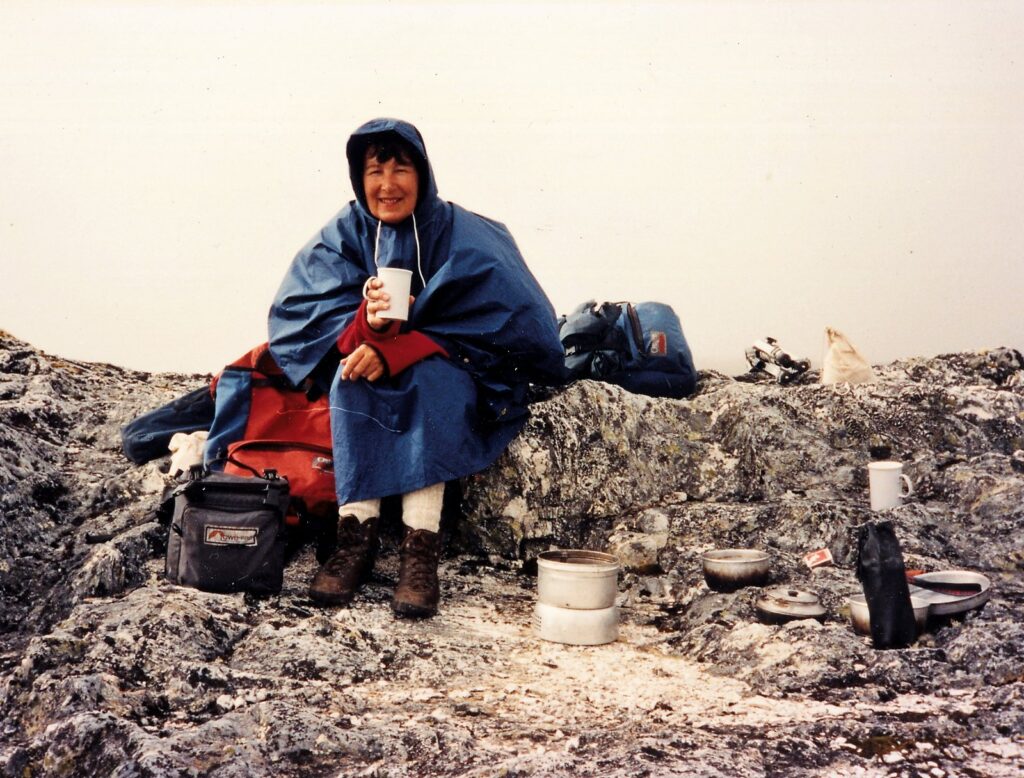
The Victorian leg of the trip goes fast. We start with Wilsons Promontory National Park, which has many hidden areas to photograph (the trick is to find them) and we take pictures of seascapes and tidal rivers with reflections. Then up the Black Spur to Taggerty where we stay with friends. We head back to Melbourne to process our negatives and visit the National Gallery of Victoria to see an exhibition of photographs by Ansel Adams and Edward Weston and come away very inspired by these iconic photographers.
As autumn moves in, we head for Hattah – Kulkyne National Park with wonderful river gums and cloud formations reflecting in the lake making interesting 4×5 images. To access the northern end of the Park, we will have to cross river flats of dark dry mud and in the rain this is impossible on the bike so we take our images and leave as a large storm looms above us. It is time to follow the Murray River out of Victoria and into South Australia. The river near Mildura is magnificent and we camp at Big Bend as the cliffs glow in the afternoon light with storm clouds building up. The 4×5 camera works overtime to capture the magic of the cliffs reflected in the water. We follow the river to Mannum in South Australia then head inland to the Barossa Valley and onto Clare. The country is alive with green, yellow and red as the grape vines change colour. Our next trip starts in the Flinders Ranges at Wilpena Pound, where Gary misplaces his filters on the walking track, never to be found again. All up it was an incredible trip, full of unforgettable moments.
Part three will complete our adventure around Australia with a 4×5 camera. Part one can be seen here.
Main photograph above: Artists Pool. Cradle Mountain – Lake St Clair National Park. Gary Chapman.
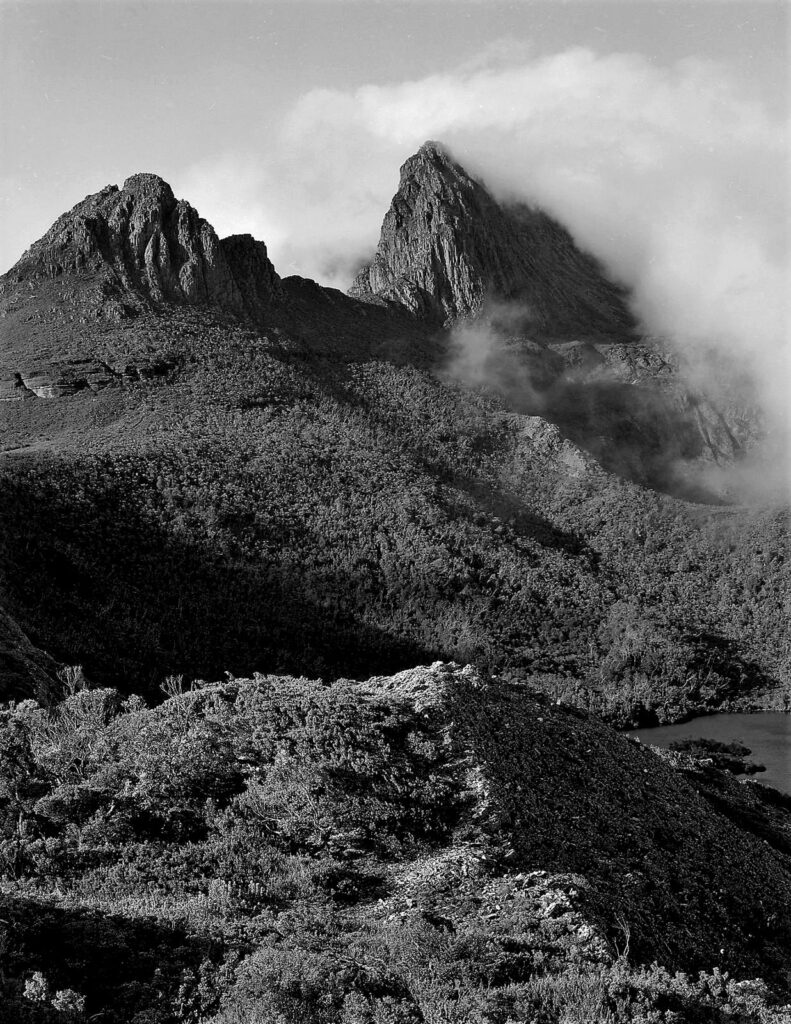
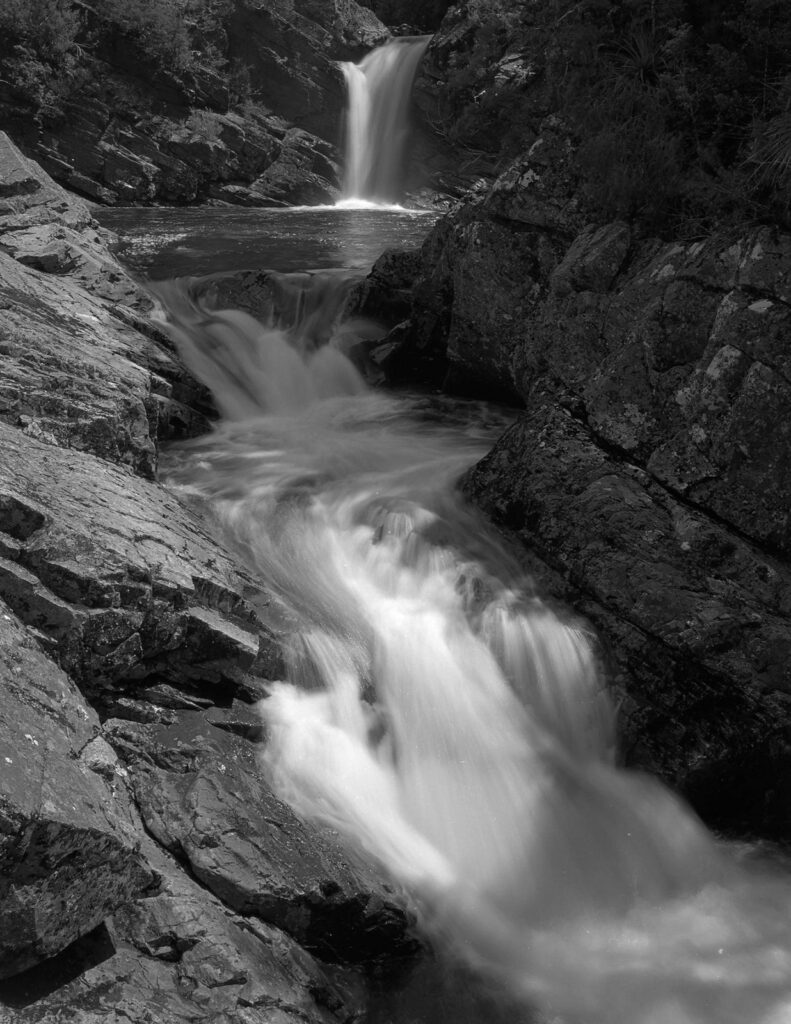
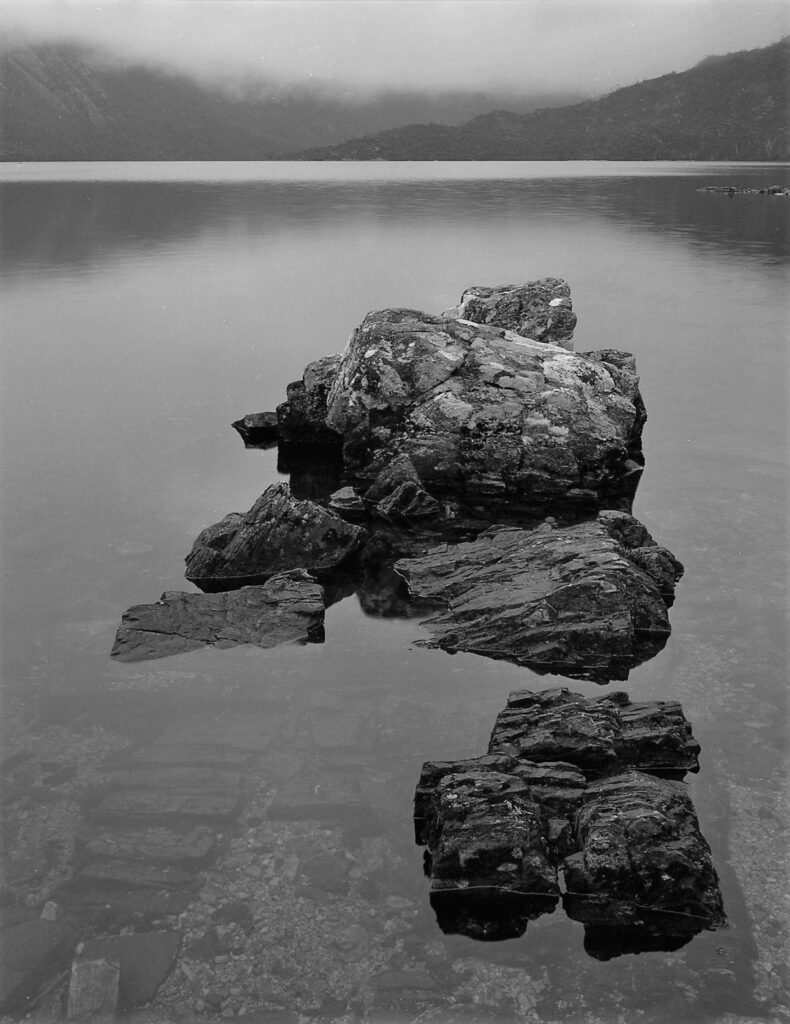
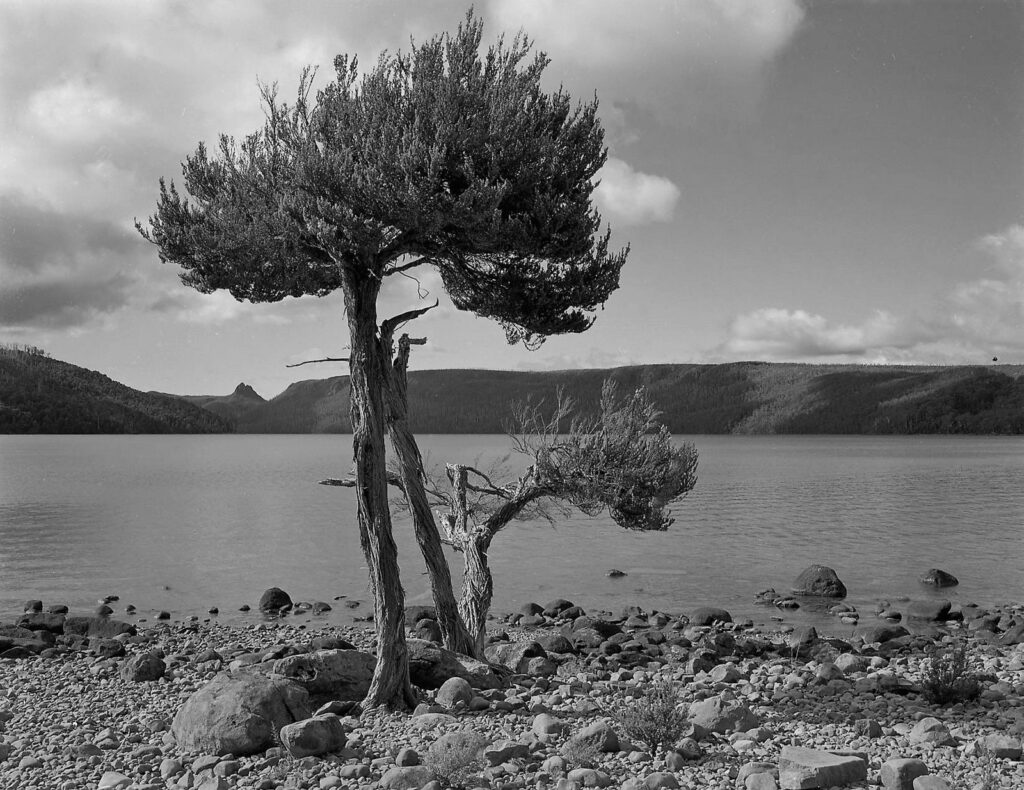
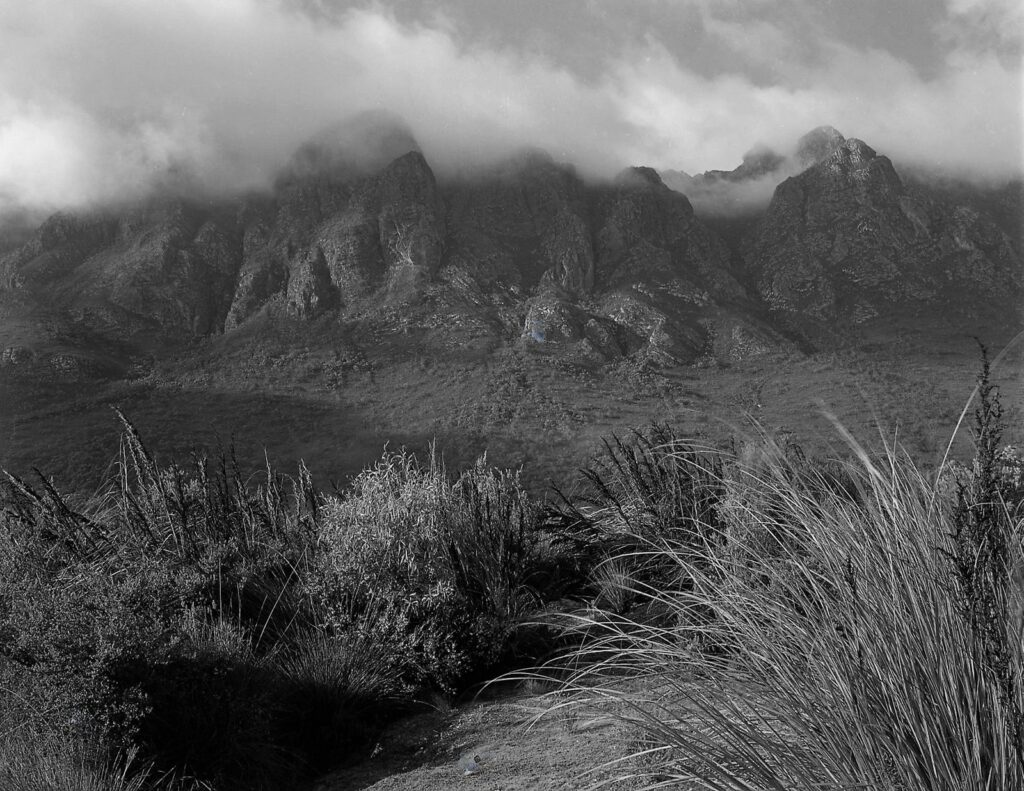
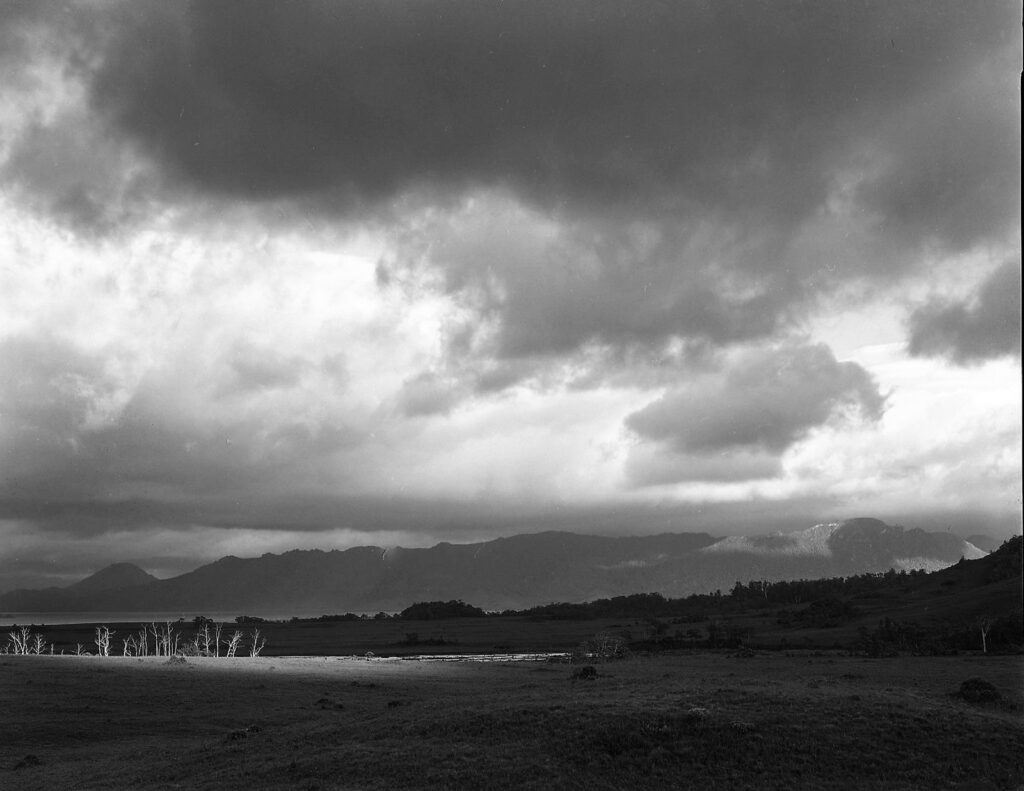

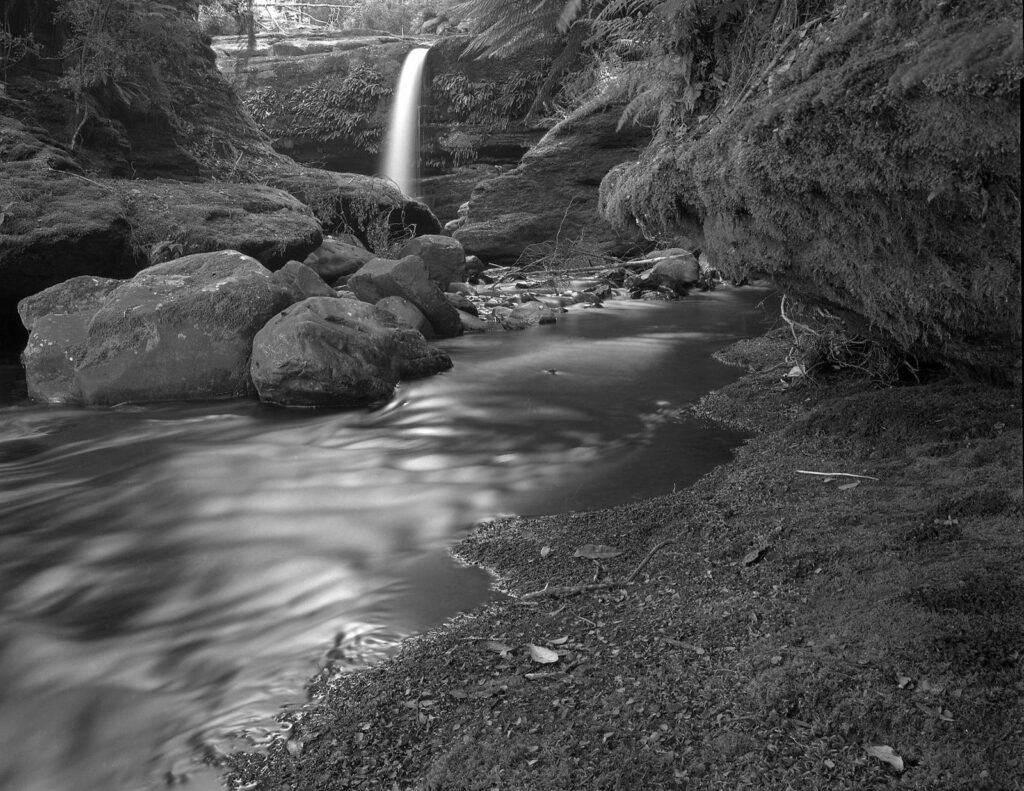

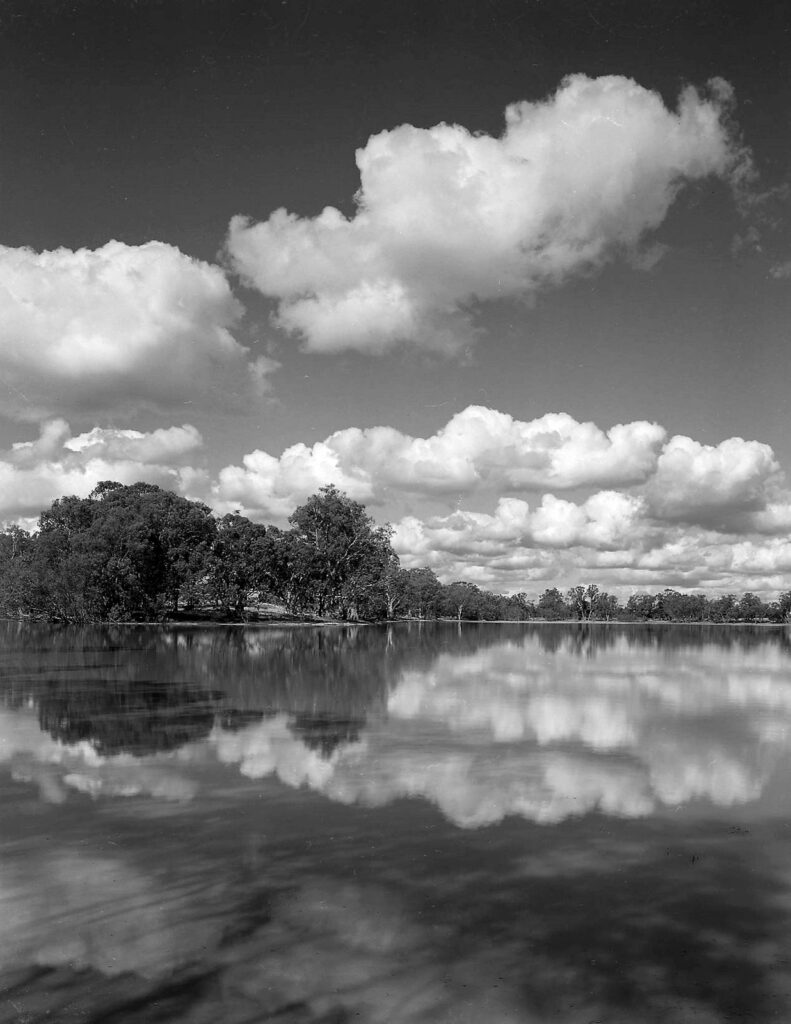

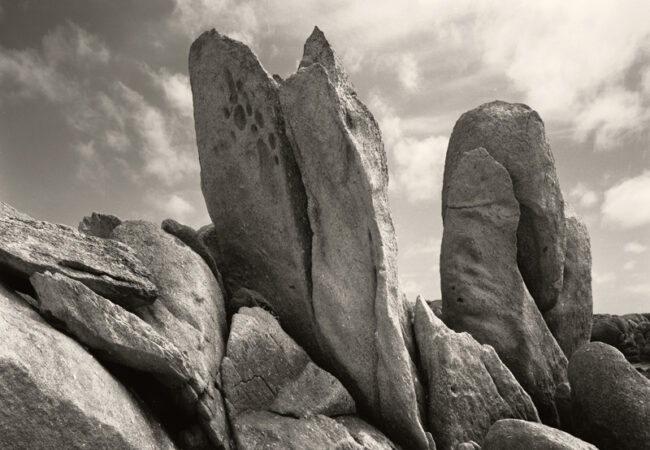

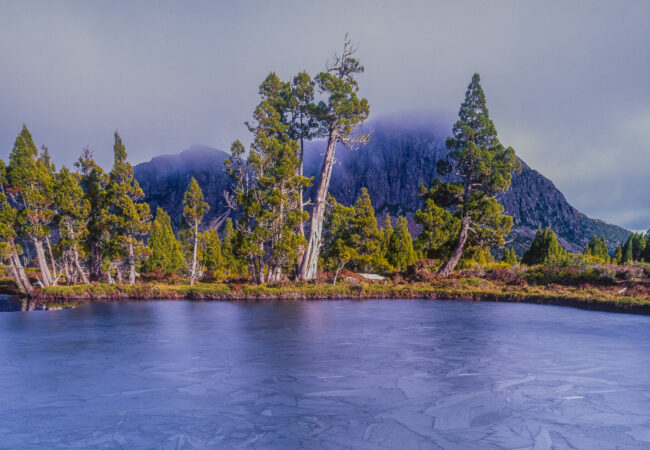
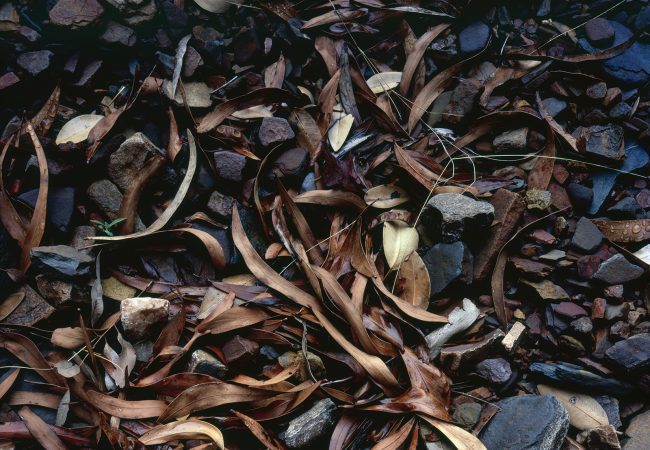
You two belong in the Australia Photography Hall of Frame, if there was one…
Thank you Shane glad you enjoyed the travels of a 4×5 camera. We are not on Facebook, it is wonderful to receive feedback on the view camera site.
This second part of your 4×5 1990s road trip sure covers a lot of ground in Tasmania and Victoria. There are some great photos here. I find it interesting that all the photos are landscapes within national parks, and no photos of the country in-between the national parks.
Lake Pedder impoundment and Emmerts Bend, Murray River in the Hattah-Kulkyne National Park near Mildura are my favourites. I’m looking forward to seeing the photos of South Australia in part 3 of the road trip.
What a wonderful trip you must have had.
Gary thank you for your comments and taking the time to read our story. Gary took 900 4×5 images plus I also took as many medium format images, we did take a lot outside National Parks.
The space on view camera as you would appreciate allows for so many images .
Yes it was a wonderful trip.